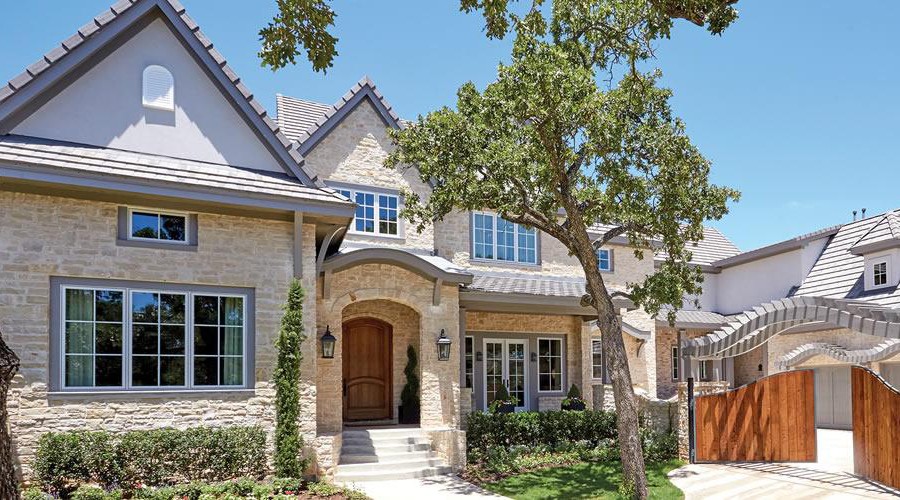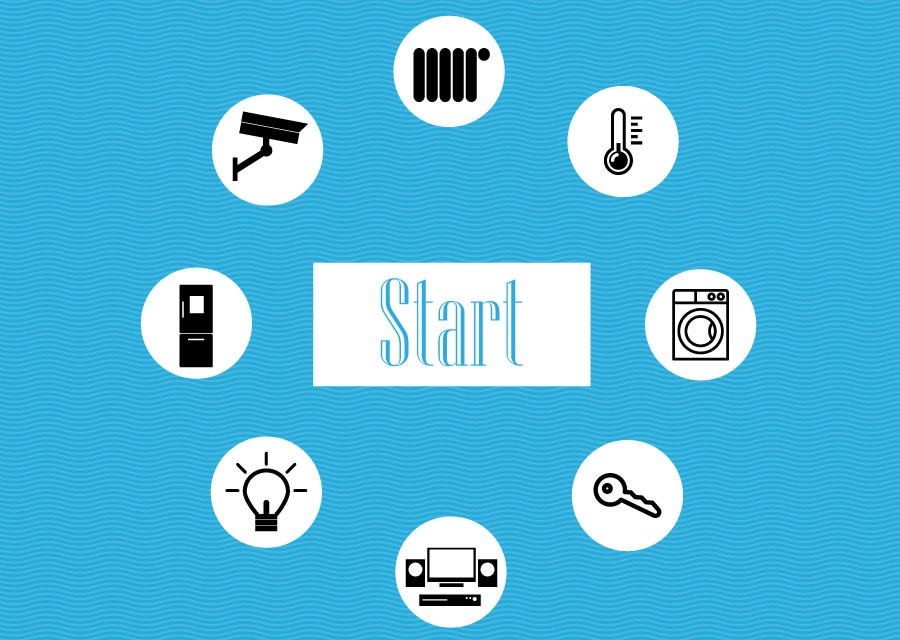When you’re getting started with smart home automation, one of the biggest decisions you’ll need to make is which system you’ll use to manage everything. There are a lot of great smart system providers out there, but the one we recommend most to our Dallas, Texas clients is Savant. If you’re interested in learning what makes Savant such a great choice for smart homes, then read on.
1. Super User-Friendly Design
The most advanced smart technology in the world won’t do you much good if it’s difficult to use. Instead of a clunky, complex interface that’s hard to navigate, Savant keeps things simple. Each screen is completely intuitive, so you know exactly where to go to manage every part of your home. You can access the system from your phone, tablet, desktop computer, or dedicated remote—whatever you’re most comfortable with. The touchscreen design helps you access each part of the system quickly, so turning on your favorite music playlist or checking the security system is as simple as pushing a button.
SEE ALSO: The Perfect Remote for Your Media Room: Savant Pro
2. Powerful Enough for All Your Needs
One of the best things about smart home automation is how it can be customized to fit your lifestyle. With Savant, you’re not stuck with a cookie-cutter solution. Instead, the system can be designed with all sorts of cool features that you might not expect. Savant is compatible with all kinds of different technologies and systems. So whatever high-end audio, surveillance cameras, or existing smart devices you have, they can all be managed by Savant with ease.
3. Reliable for the Long Haul
At the end of the day, the most important thing is that your smart home works the way you want it right when you want it. Technology can be fickle, and the more systems you try to control at once, the higher the chance that something will go wrong. We love Savant because it’s high-quality, well-designed technology. You won’t have to deal with the system breaking every few months or glitchy software that doesn’t perform the way you’d expect. Instead, it just works. When you’re investing in a full home automation solution, having a reliable system is absolutely essential. That’s why we use Savant.
Deprecated: Creation of dynamic property EasyBlogSocialButtonExternal::$post is deprecated in /home/dbmediapro/public_html/administrator/components/com_easyblog/includes/socialbuttons/adapters/external.php on line 42





